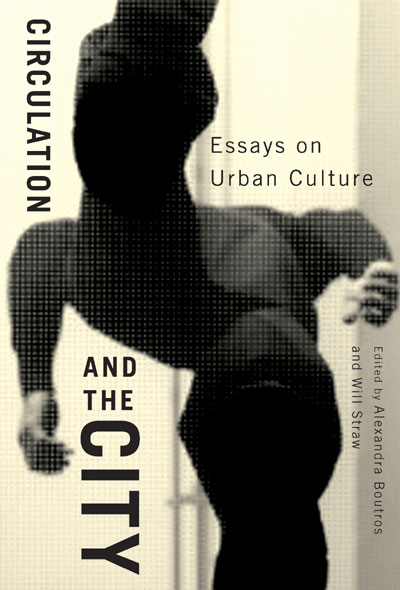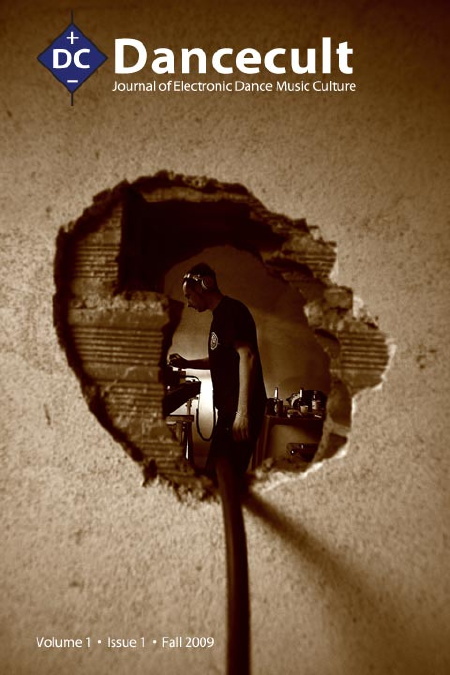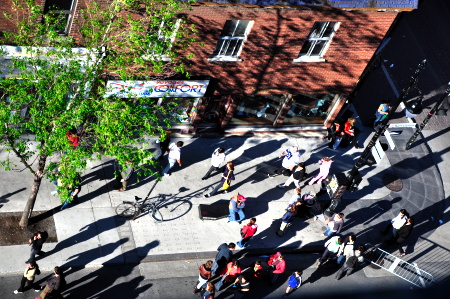What is it with hip-hop and the arm wave? Why wave arms side-to-side in the air? Is this a gesture of unity? Like crowds of the mid 20th century, the arms aligned in position, all are become one, in the movement of movements….
But why the arms? Why are emcees so concerned with aligned arms? Why should we not care about it, or rather, why are emcees telling us not to care about it?
Watching Kool Keith I would expect Dr. Octagon to ask us to wave anything but arms in the air. Or, if waving arms, to signal with inventive and improvised semaphore the coordinates of the next landing, infrasonic investigation of orifices, or otherwise booty call for the Black Elvis.
But he too (and all his selves) are concerned with the unity of an arm wave set to regulation appeal.
In 1998, in San Francisco, Black Elvis does not call upon an audience to wave. The audience waves itself (according to footage).
In 2007, Kool Keith unmasked in hoodie, still holding spit but seemingly no longer split into conscious costume (or is he?), requires ultramagnetic inflection to wave arms at his behest, of an audience now almost exclusively white.
Heads down bop up, beatdown backpacks on – arms up, salute? Wave like you just don’t care?









 RT
RT 